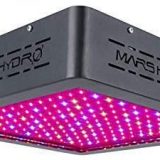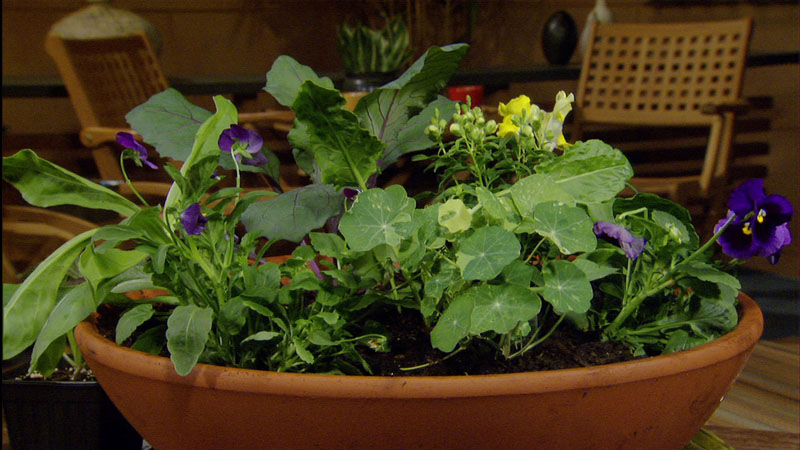TRELLIS NETTING vs. RAFFIA TWINE in Cucumbers
 A good cultural technique in growing cucumber is to raise the espaliers as to avoid direct contact with the humid ground since this humidity can increase the rate of fungi attacking the plant and at the very best discolor the fruits, leaving them yellowish where it stays in contact with the ground.
A good cultural technique in growing cucumber is to raise the espaliers as to avoid direct contact with the humid ground since this humidity can increase the rate of fungi attacking the plant and at the very best discolor the fruits, leaving them yellowish where it stays in contact with the ground.
The other common problem one finds when growing cucurbits on the ground is that these plants have the great capacity to expand horizontally and invade every square inch of available ground, increasing the difficulty of walking among the cucumber plants without either stumping on the leaves, fruits or flowers (let´s remember that any exposed lymphatic tissue of the plant will be an easy source of attack for bacteria, fungi or viruses).
Given these premises it is obvious that one should look for ways to grow aerially and increase air flow, improve pollination and solar exposure. These 3 factors will greatly increase your yields in cucumber production. In order to grow away from the ground we have used trelilses for decades, at first hand woven ones using raffia twine until a few years ago we found that a farm a couple miles away from ours was using HORTONOVAtrellis support net, an Italian brand whose only competition seems to be HORTOMALLAS out of Spain, both are plastic nets.
By comparing the two web sites we could find a lot better and more informative articles in hortomallas.com where they have a full English version although most technical articles are written in Spanish as “entutorado” (I think it translates to trellised)
The advantage we see in HORTOMALLAS, as it is a mesh, is that is larger than the Italian brand, and this makes our pruning and harvesting easier.
We have been using HORTOMALLAS at our cucumber farm in Dade County, FL (we grow mostly slicing cucumbers like Speedway and Dasher II, but some seasons we also plant Greensleeves and General Lee) for the past two seasons and it still works, we just disinfect after every crop to make sure we are not bringing in the new fields old pathogens. Compared to cucumbers grown on twine we are able to bring to market 1/3 more tonnage and of better quality, and we save about 75% on the cost of labor during installation. So overall, trellis netting is a better choice than other methods of training cucumber we tried in the past, so for the moment we will stay with it.













